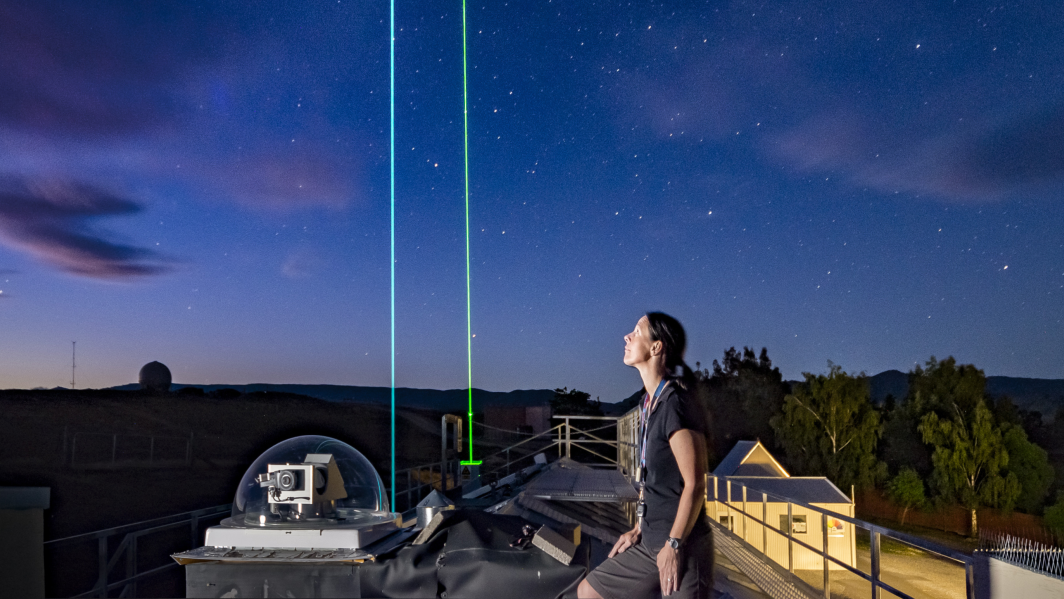The UV Index is a measure of the intensity of UV radiation. The larger the number, the more intense the UV. In New Zealand, its maximum summer value is generally about 12, but it can exceed 13 in the far North. In winter it reaches peak values of 1 or 2.
Values of 10 or more should be considered as "extreme". At high altitude tropical sites (eg Mauna Loa Observatory, Hawaii), the UV Index can exceed 20.
The UV Index supersedes the idea of "Time to Burn" or "Burn Time", which has been used previously in New Zealand. As an approximate guide, a UV Index of 12 corresponds to a burn time of about 12 minutes; a UV Index of 6 corresponds to a burn time of 24 minutes, and so on.
The UV Index is preferred over the burn time because:
- The UV Index has been adopted as an International standard, and enables simpler comparison between UV levels in NZ with other places. This is especially useful for international tourists.
- Meteorological parameters are usually given in physical terms, rather than in terms of a physiological response. For example, the temperature is not given in terms of "how long before you get too hot".
- It is more intuitive to have a measure for which the larger the number, the larger the intensity and risk. The UV Index is zero at night time, whereas the "burn time" would be undefined.
- For longer "burn times" there is an implicit assumption that the UV will not change over that period, whereas in fact it does change rapidly.
- The UV index is more accurate. There are large uncertainties in converting UV radiation to skin response. Different skin types have different responses, so increasing the uncertainty.
- The "burn time" applies only to fair skinned individuals and could therefore be construed as racially insensitive. For darker skinned people such as the NZ Māori population, much longer exposures would be possible without damage.
- The UV index can be used to assess other effects of UV radiation such as skin cancer risk, eye damage, materials damage, damage to DNA molecules, etc.
Although the concept of UV Index will be unfamiliar at first, the public will understand it in time, just as the change from recording temperatures in Farenheit to Celsius became accepted.
Global Solar UV Index
A Practical Guide is produced by Intersun, the World Health Organization’s Global UV Project. The guide introduces an internationally agreed communication concept to harmonise reporting of the UVI worldwide and to improve its use as an educational tool.
Sun Protection Alert
From the summer of 2010-2011, UV information to the New Zealand public has been provided by the media in terms of the "Sun Protection Alert " period, which corresponds to the times when the forecast clear-sky UVI exceeds 3. See the UVI forecast for more quantitative information.

